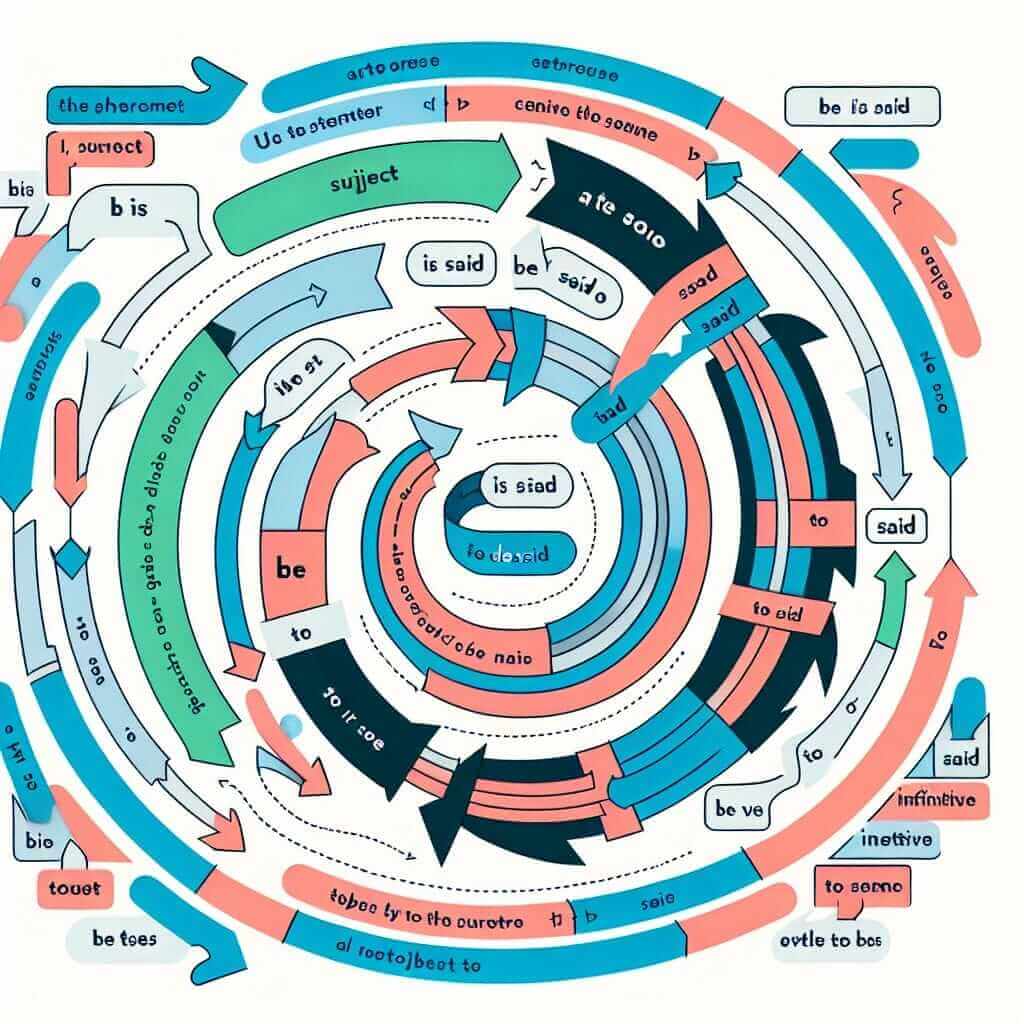The phrase “is said to” is a common structure in English, especially in formal writing and speaking contexts like the IELTS exam. Understanding its nuances and applications can significantly enhance your lexical resource score and contribute to a higher band in both the Speaking and Writing sections.
Let’s look at some examples of how “is said to” can be used in IELTS:
Speaking:
- “The new art exhibition is said to be very impressive.” (This demonstrates your range of vocabulary when discussing current events or cultural attractions.)
- “My grandfather is said to have been a skilled craftsman.” (This illustrates your ability to talk about the past using reported speech.)
Writing Task 1:
- “The number of tourists visiting the region is said to have increased dramatically in recent years.” (This phrase helps you describe trends effectively.)
Writing Task 2:
- “It is said that technology has revolutionized the way we work. However, some argue that it has also led to social isolation.” (You can use this structure to introduce common opinions or beliefs before presenting your own arguments.)
Understanding “Is Said To”
“Is said to” is a passive voice construction used to report information or beliefs without directly stating the source. This structure is particularly useful when:
- The source of the information is unknown.
- The source is unimportant or implied.
- You want to maintain a formal and objective tone.
Grammatical Structure and Variations
The basic structure of “is said to” is as follows:
Subject + be (in the appropriate tense) + said + to + infinitive (present or perfect)
Here’s a breakdown with variations:
| Tense | Structure | Example |
|---|---|---|
| Present Simple | is/are said to + base form of verb | He is said to be a great artist. |
| Past Simple | was/were said to + base form of verb | She was said to be a talented musician. |
| Present Perfect | has/have been said to + have + past participle | The company has been said to have financial issues. |
| Past Perfect | had been said to + have + past participle | He had been said to have a secret fortune. |
| Future | is/are said to + be going to + base form of verb | The concert is said to be going to be amazing. |

Applying “Is Said To” in Different IELTS Sections
Speaking:
- Describing people: “The new CEO is said to be very ambitious.”
- Talking about places: “That restaurant is said to have the best pasta in town.”
- Discussing beliefs: “It is said that breaking a mirror brings seven years of bad luck.”
Writing Task 1 (describing trends):
- “The price of oil is said to be rising due to global shortages.”
- “Unemployment rates are said to have fallen slightly in the last quarter.”
Writing Task 2 (presenting arguments):
- “It is often said that money can’t buy happiness, but it certainly helps.”
- “Some people argue that education should be free for everyone, while others believe that individuals should contribute financially.”
Achieving a Higher Band Score
- Variety of structures: Don’t overuse “is said to.” Utilize other reporting verbs like “is believed to,” “is considered to be,” “is reported to,” or noun clauses like “There is a rumour that…”
- Accurate tense usage: Ensure the tense of “be” and the infinitive align correctly to convey the intended time frame.
- Formal tone: Remember that “is said to” is generally more formal than using direct speech.
- Avoid redundancy: Don’t say “It is said that it is believed that…” Choose one structure for conciseness.
Common Errors and How to Avoid Them
- Incorrect tense: “He is said to be win the award last year.” (Incorrect – should be “He was said to have won…”)
- Missing “to”: “She is said be very intelligent.” (Incorrect – should be “She is said to be very intelligent.”)
- Overuse: Using “is said to” in every sentence can sound repetitive and unnatural.
Conclusion
Mastering the use of “is said to” and its variations is a valuable asset for achieving a higher band score in the IELTS exam. By understanding its grammatical structure, applying it appropriately in different contexts, and avoiding common errors, you can demonstrate your command of advanced English grammar and vocabulary. Remember to practice using this structure in various speaking and writing tasks to build your confidence.
For further study on reporting structures, explore these resources: